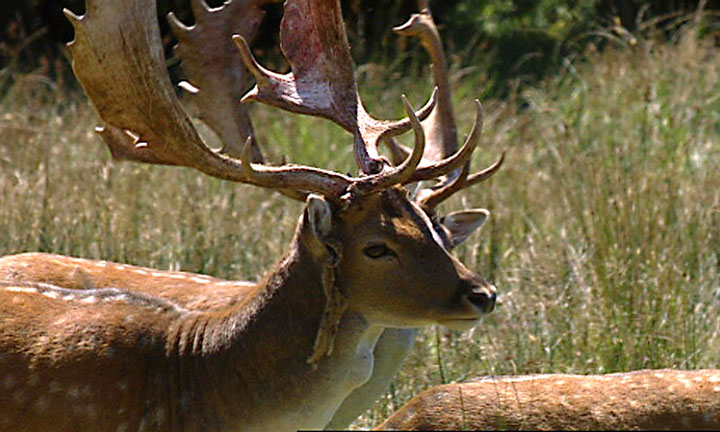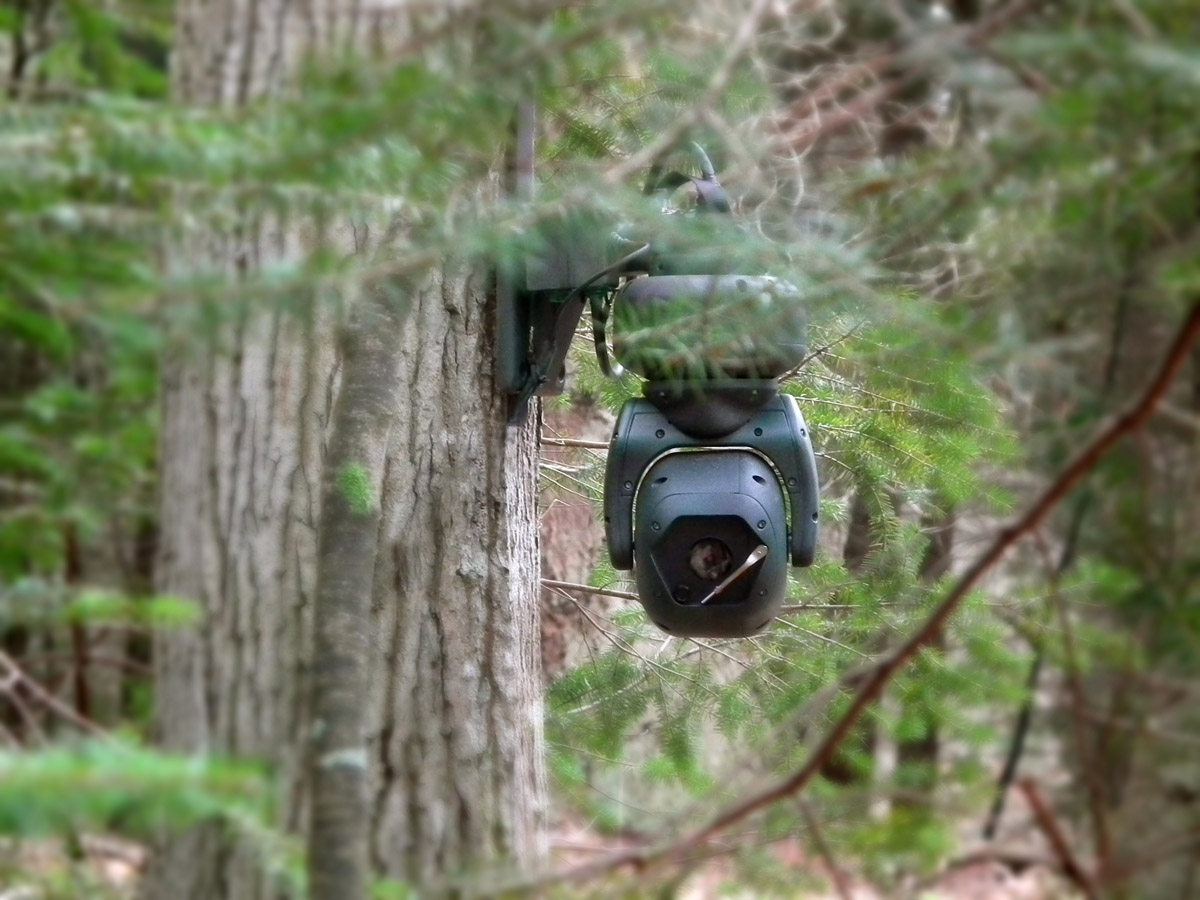Stand & Deliver - Getting Stuck Into The Rut
Behind the Camera
Cover Photo - Red Deer Rut - © Natural World UK
The UK's Deer Rutting Season is one of nature's spectacles. Parklands and Estates around the UK are the perfect place to settle down with a pair of binoculars and watch the Autumn ritual from a distance.
However, not all of the UK's deer population is quite so accessible. The New Forest in Hampshire has Red, Sikka, Fallow, Roe and Muntjac. Focusing on the Fallow Deer, there is a population of nearly 1,500 roaming an area of 150,000 acres.

© Natural World UK - Fallow Buck
Question: Is it feasible to put remote cameras on a rutting stand in a thickly wooded area of the forest and stream them live onto the internet?
A Remote Possibility
Carnyx Wild in collaboration with Forestry England decided to take on the challenge of live streaming a Fallow Deer Rut on the open forest. Using not one, but two un-manned cameras.
The first major hurdle was to establish the location of a suitable Fallow Deer Rutting Stand. The New Forest Keepers are responsible for monitoring and ultimately controlling the numbers of wild deer around the forest. It is their local knowledge that identified potential Rutting Stands. With this information we were able to narrow the options to three possible sites in the north of the forest. One particularly, had a number of points in its favour:
- It had a good record of activity over the previous years.
- The timber and undergrowth was not too thick, thus enabling the placement of cameras with a good field of view.
- Nearby was a system of forest rides that would enable the planned transmission of the live video back to a suitable building.
Low Cost & Low Voltage
The plan was for two cameras: A controllable PTZ and a wide angle fixed camera. Both of these would be 12 volt DC and have a low power consumption. Infrared lighting with a wide spread beam would also be needed. Not forgetting exterior microphones.
As the PTZ camera operator will have no direct sight of the area, they will get a good overview of the Rutting Stand from the wide camera angle. The PTZ can then be zoomed in to where the action is, rather than constantly scanning the area.
 © Carnyx Wild - PTZ Camera in place overlooking the Rutting Stand
© Carnyx Wild - PTZ Camera in place overlooking the Rutting Stand
The cameras would be cabled 60m to a small weatherproof hub and powered from a series of high capacity leisure batteries. This enables a clear 7 days of power before requiring a battery change. The biggest hurdle perhaps was getting live video from 2 cameras an additional 2.5 kilometres accross the forest to a viewing and control point..
Not having the 'backroom resources' of programmes such as BBC Springwatch and their use of portable power banks and satellite links, the order of the day was adapt and improvise.... Could it be done on a budget?
More Bang for your Buck
The task was to somehow get this live video to a domestic broadband telephone line with a decent bandwidth. Not a straight forward task! As with so many rural areas of the UK, the New Forest has limited high speed broadband and even less 4G Mobile Network.
Long Range WiFi to the rescue! Cost effective equipment that can transmit HD video over many kilometres via a series of 'line-of-sight' antenna. 'Line-of-sight' above the tree canopy was not an option, which is where the traditional New Forest Rides come into their own.
In many cases these Rides date back to medieval times and were used to aid horse riders, hunters and shooting parties. Many are now overgrown but retain good sight lines above the ground cover, brash and bushes. A ready made infrastructure of inter-connecting paths for our long range WiFi.
The End Result
Three sets of wireless links covering 3 kilometres. The final link to the internet was a BT broadband line in a Forestry England (Forestry Commission) building. Unfortunately the internet bandwidth in the building was only a little over 600kbps, so we could not stream HD to our servers. Even so, the result was compelling viewing as we witnessed three weeks of uninterrupted Rut!
4546